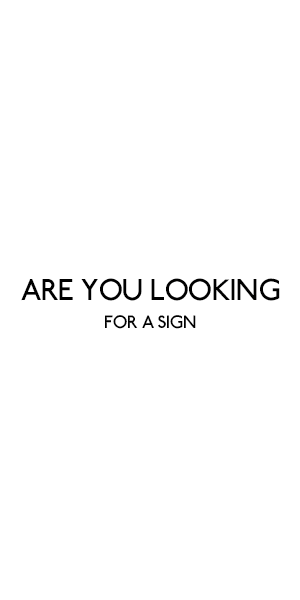It’s a common misconception that you only need 30% to pass matric. But there’s more to it than meets the eye.
Here’s a guide to understanding the matric scoring system.
Matriculants countrywide are anticipating the release of their final marks. But if you don’t understand the grading system, don’t worry. We have your back.
Find your 2021 matric results here.
First, let’s take a look at the compulsory subjects
- Home Language
- First Additional Language
- Mathematics
- Mathematical Literacy
- Life Orientation
High Credit subjects
- Languages
- Accounting
- Agricultural
- Science
- Business Studies
- Consumer Studies
- Dramatic Arts
- Economics
- Engineering
- Graphics & Design
- Geography
- History
- Information Technology
- Life Sciences
- Mathematics
- Mathematical Literacy
- Music
- Physical Sciences
- Religion Studies
- Visual Arts
Low Credit subjects
- Agricultural Management
- Practices
- Agricultural Technology
- Civil Technology
- Computer Applications
- Technology
- Dance Studies
- Design Studies
- Electrical Technology
- Hospitality Studies
- Mechanical Technology
- Tourism
There are four matric pass levels:
Bachelor’s degree pass (commonly known as a matric exemption)
- Diploma pass
- Higher certificate pass
- National Senior Certificate pass
- Bachelor’s degree pass
This is the highest pass you can achieve. This pass also means you can study further at university, based on your APS score (more on that later).
Bachelor’s pass minimum requirements:
40% and higher in home language.50% and above for four high credit subjects.30% and higher in two other subjects.
Diploma pass
The only difference between the bachelor’s pass and the diploma pass is the pass mark difference for the three high credit subjects. See below.
Diploma Pass minimum requirements:
40% for your home language. 40% for three other high credit subjects (four, including your home language). 30% for two other subjects.
Higher certificate pass
A higher certificate pass allows you to further your studies at TVET colleges and certain private colleges in a field of your choice, as long as you meet the admission requirements.
Higher certificate minimum requirements
40% in your home language40% in two other subjects30% for three other subjectsYou can fail one subject even if it is your first additional language BUT you must get 30% or more for the rest of your subjects.
National Senior Certificate pass
This is where the 30% pass mark requirement gets tricky. While it is the bare minimum needed to pass your matric year, you still have to satisfy the minimum subject requirements.
The Department of Basic Education explains that if the pupil does not satisfy the minimum subject requirements, that person will not be awarded the National Senior Certificate, even though he may have attained an exceptionally high mark in one or two of the other subjects.
Here is what your marks will look like:
40% and higher in your home language At least 40% in two other subjects30% and higher for three other subjects You can fail one subject even if it is your first additional language BUT you must get 30% or more for the rest of your subjects.
APS scores and how they are calculated
Admission Point Scores (APS) are the marks calculated from your final matric results.
The number of points you get for each of your final matric examination subjects will depend on what percentage you get for each subject. The points get for each subject should then be added up. This total will be your APS and determines whether or not you qualify for admission into university or college.
Each university has its own entry requirements and while you can gain entry into a university, it may not be in the field you desire.
This is why it is important to research the university before you apply.
How to calculate you APS score






